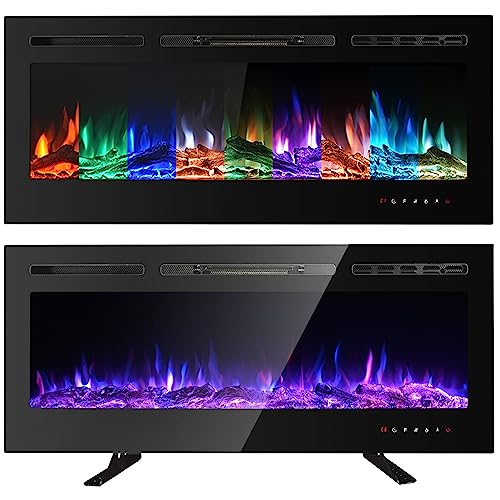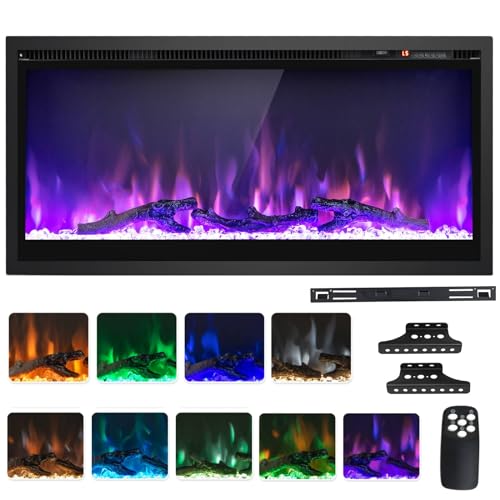The Outside Wood Burners Awards: The Best, Worst And Weirdest Things W…
페이지 정보

본문
 What You Need to Know About Outdoor Wood Burners
What You Need to Know About Outdoor Wood BurnersOutdoor wood burning woodburning stoves can be an economical solution to heat homes and businesses. They also help reduce dependence on fossil fuels that are not renewable and help to create a more resilient energy strategy.
 For efficient combustion, it is important to use seasoned wood. Green or unseasoned wood may contain more moisture which can cause creosote to accumulate and decrease performance.
For efficient combustion, it is important to use seasoned wood. Green or unseasoned wood may contain more moisture which can cause creosote to accumulate and decrease performance.Efficient
Outdoor wood burners (OWBs) have been around for years and provide an eco-friendly and energy efficient method of heating your home. However, the design of OWBs that encourages an unsteady, cooler fire which causes poor combustion and more smoke, creosote and particulates. Unburned fuels can cause health issues, indoor Wood Burner fire hazards and degrade the environment.
Moreover, the visible plume of smoke produced by OWBs can cause neighbors to complain and result in DEC (Department of Environmental Conservation) enforcement action. This kind of issue could negatively impact the value of your property, and may result in your OWB being shut down.
Crown Royal Stoves offers a line of EPA Certified outdoor wood furnaces called the Pristine Gasification Series that utilizes technology to maximize combustion efficiency for a clean, smokeless combustion. This is accomplished with a negative-pressure air system which pulls in fresh dry heated, filtered air from the bottom and pushes it out through the chimney much faster than traditional outdoor contemporary wood burners boilers. This is achieved by an innovative design that utilizes a multi-pass water filled heat exchanger made from 409 Titanium Enhanced Stainless Steel.
When used properly when properly used, when used correctly, the Pristine Gasification Series OWB can reach a 99% combustion efficiency for a cleaner, smoke-free fire that consumes less wood and produces significantly less carbon dioxide than traditional OWBs. To enhance the effectiveness of your OWB, it is important to burn only dry, clean, and seasoned wood. It is recommended to season your wood for a period of six months or a year prior to burning it. This will ensure a more efficient and cleaner burn.
In addition to improving the efficiency of your wood burner and enhancing the efficiency of your wood burner by performing a "dry burn" every week. This method reduces creosote which improves boiler efficiency and extends the lifespan of your boiler. Lastly by adding a creosote removal stick every when you load your stove, you can significantly reduce the amount creosote used. This product is available from Wisconsin Wood Furnace.
Clean
A wood-burning stove could become very dirty from burnt soot particles. They are difficult to get rid of, so remove any buildup from your stove's glass immediately. If the soot isn't removed, it will become hard and make it more difficult. Using the right cleaning products for the job is crucial, but also be sure you're not damaging the glass's surface with anything that might scratch it. This could leave an area of weakness that could shatter the glass when it's exposed to high temperatures.
Before you begin cleaning your wood burning stove for shed burner, it is important to ensure that it is not lit and completely cool. Also, be sure that the surrounding area is covered with newspaper. This will stop the ash from spreading and staining surfaces.
Based on the quality of the wood you use, it can take up to one year for your stove to get properly seasoned. The wood that has been properly seasoned will not only burn more efficiently, but will also produce less creosote. This is the kind of material that is able to build up on your fireplace, reducing its efficiency and creating a potential fire hazard. If you are using unseasoned wood, or just starting a new fire in your outdoor wood burner the best thing to do is to open up the lower back door and scoop out the ashes into a non-combustible bin every week.
A sediment flush should be performed on your boiler every four years. This is a simple five second flush from the bottom drain valve on your boiler. This will remove any sediment that has built up in the system and will ensure that your boiler runs well.
After you have cleaned the exterior of your outdoor fireplace, it is time to clean it. Before you begin, it's important to cover the floor area around the stove with newspaper. Wearing gloves and eye protection is also a good idea. Also, you should have a metal ash container along with a scraping tool as well as a shovel. You can make use of a cloth as a shield to shield the refractory from damage while you scrape away coal and ash deposits.
Easy to operate
Despite their popularity (they were among the 1990s' "it" trends, as were mullet haircuts) outdoor wood boilers, referred to as outdoor furnaces or outdoor wood hydronic heaters are often misunderstood. Contrary to the EPA's popular wood stoves which are designed to burn at constant, low temperatures, these boilers have an increased fire rate and generate more smoke when they operate. This is the reason why local governments have a policy of regulating or banning their use.
OWBs are great for heating homes with high insulation levels. The smoldering, visible smoke is also a source of complaint with neighbors and has led to many OWBs being shut-down or sued in the past. To ensure that OWBs to operate properly they must be used with dry wood that has low moisture content. Wood that is not seasoned or green can reduce efficiency, cause creosote to accumulate and reduce the life of the burner. Drying wood takes time and the use of a moisture gauge is essential for every homeowner.
Dual-stage wood gasification (OWGB) boilers are, on the other hand utilize a three-step process which makes use of the energy contained in the wood. This results in less smoke. These furnaces are more efficient than conventional OWBs, and are suitable for a wide range of fuels. Wood gasification boilers need dry well-seasoned wood. The majority of wood will be seasoned within a year, but oak and other hardy species can require two years or more to fully mature. This is due to less volume of water and a greater density. This allows them to retain heat longer, thus increasing efficiency and reducing pollution. The EPA "Burn Wise" website and Cornell Cooperative Extension are great resources for homeowners to learn how to burn wood efficiently to reduce pollution to the air.
Low Maintenance
Modern outdoor wood furnaces have been designed with the environment in mind. Unlike indoor wood Burner wood burners that produce significant smoke Modern outdoor furnaces burn cleanly and without the release of excessive carbon monoxide or heat. They also require less wood to provide the same amount of heat as traditional stoves.
Outdoor wood burners also require less maintenance than indoor wood burners and are more accommodating when it comes to the moisture content of the wood. However outdoor corner wood burner burners can only be used with properly treated or "cured" wood. Certain kinds of wood can last for up to a year. Make use of a moisture meter prior to loading to determine the amount of water present in your small wood burning heater.
In the course of operation, it is essential to regularly check the system for the accumulation of creosote. Creosote is a byproduct from combustion that can build up in the chimney and flue if it is not cleaned regularly. It can be removed by pouring a creosote removal product into the fire. Regular cleaning of the flue and chimney will remove dangerous creosote and improve efficiency.
Crown Royal Stoves developed a new airflow technology known as Negative Pressure Gasification to ensure 99% efficiency in combustion. This technology is utilized in our EPA certified Pristine Series Outdoor Wood Furnaces to draw air from the bottom and push all the gases through an insulated secondary combustion chamber which is surrounded by water, with easy-to-clean turbulators. The result is a smokeless, pollutant free burn.
- 이전글The 10 Most Terrifying Things About Autonomous Vacuum 25.02.13
- 다음글The 12 Best Address Collection Site Accounts To Follow On Twitter 25.02.13
댓글목록
등록된 댓글이 없습니다.

